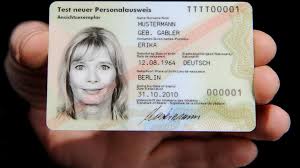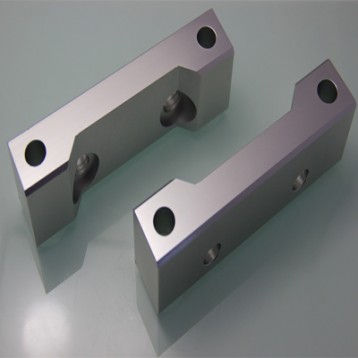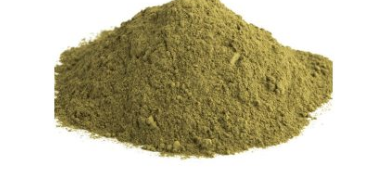Das TCF-Zertifikat (Test de Connaissance du Français) ist eine international anerkannte Sprachprüfung, die von der französischen Organisation France Éducation International entwickelt wurde. Es ist ein Muss für Menschen, die ihre Französischkenntnisse nachweisen möchten, sei es für akademische, berufliche oder persönliche Zwecke. Mit der Möglichkeit, das TCF-Zertifikat online zu erwerben, wird der Prozess nun einfacher, zugänglicher und flexibler gestaltet.
Was ist das TCF-Zertifikat?
Das TCF-Zertifikat misst Ihre Kenntnisse der französischen Sprache und bewertet Ihre Fähigkeiten in den Bereichen:
Hörverständnis (Compréhension orale)
Leseverständnis (Compréhension écrite)
Sprachliche Strukturen (Grammaire und Vokabular)
Schriftlicher Ausdruck (Expression écrite)
Mündlicher Ausdruck (Expression orale)
Das Zertifikat ist auf den Niveaus des Gemeinsamen Europäischen Referenzrahmens für Sprachen (GER) aufgebaut und reicht von A1 (Anfänger) bis C2 (fast muttersprachlich).
Vorteile des TCF-Zertifikats online
Mit der zunehmenden Digitalisierung können Sie jetzt das TCF-Zertifikat bequem von zu Hause aus erwerben. Hier sind die Hauptvorteile:
Flexibilität: Sie können den Test an einem Ort und zu einer Zeit absolvieren, die für Sie am besten geeignet ist.
Bequemlichkeit: Keine langen Anreisen oder Warteschlangen in Testzentren.
Zeitersparnis: Die Ergebnisse werden schneller bereitgestellt, da der gesamte Prozess online optimiert ist.
Zugänglichkeit: Online-Tests sind weltweit verfügbar, was bedeutet, dass Sie unabhängig von Ihrem Aufenthaltsort teilnehmen können.
Wer benötigt das TCF-Zertifikat?
Das TCF-Zertifikat ist besonders nützlich für:
Studierende, die an einer französischen Universität studieren möchten (z. B. für die Einschreibung in Programme, die ein Sprachniveau erfordern).
Berufstätige, die ihre Sprachkenntnisse in einem beruflichen Kontext nachweisen müssen.
Einwanderer, die das Zertifikat für die Einwanderung nach Kanada oder Frankreich benötigen.
Personen, die ihre Sprachkompetenz offiziell dokumentieren möchten.
Wie funktioniert der Online-Test?
Der Prozess für die TCF-Zertifizierung online ist einfach:
Anmeldung: Registrieren Sie sich bei einem anerkannten Testanbieter, der die TCF-Prüfung online durchführt.
Testvorbereitung: Viele Plattformen bieten Übungsmaterialien und Online-Kurse an, um sich optimal auf die Prüfung vorzubereiten.
Technische Anforderungen: Stellen Sie sicher, dass Sie über eine stabile Internetverbindung, eine Webcam und ein Mikrofon verfügen, da die Prüfung überwacht wird.
Prüfung: Absolvieren Sie den Test bequem von zu Hause aus. Der gesamte Prozess wird überwacht, um Betrug zu vermeiden.
Ergebnisse: Die Ergebnisse erhalten Sie oft innerhalb weniger Tage in elektronischer Form.
Vorbereitung auf das TCF-Zertifikat
Die richtige Vorbereitung ist entscheidend, um ein gutes Ergebnis zu erzielen. Hier sind einige Tipps:
Nutzen Sie offizielle Übungsmaterialien, die von France Éducation International bereitgestellt werden.
Verwenden Sie Online-Ressourcen wie Sprachlern-Apps, Videos und Podcasts auf Französisch.
Nehmen Sie an Online-Kursen oder Webinaren teil, die sich speziell auf den TCF vorbereiten.
Simulieren Sie den Test mit Beispielprüfungen, um sich mit dem Format vertraut zu machen.
Kosten und Anmeldung
Die Kosten für das TCF-Zertifikat variieren je nach Testanbieter und Art des Tests. Für den Online-Test können zusätzliche Gebühren für die technische Überwachung anfallen. Die Anmeldung erfolgt in der Regel über die offizielle Website eines zertifizierten Testanbieters.
Fazit
Das TCF-Zertifikat online ist eine hervorragende Option für alle, die ihre Französischkenntnisse zertifizieren lassen möchten, ohne dafür ein Testzentrum besuchen zu müssen. Es bietet Flexibilität, Bequemlichkeit und eine stressfreie Umgebung, um die Prüfung zu bestehen. Wenn Sie also planen, Ihre Karriere voranzutreiben, im Ausland zu studieren oder nach Frankreich oder Kanada auszuwandern, ist das TCF-Zertifikat ein entscheidender Schritt, um Ihre Ziele zu erreichen.
0



